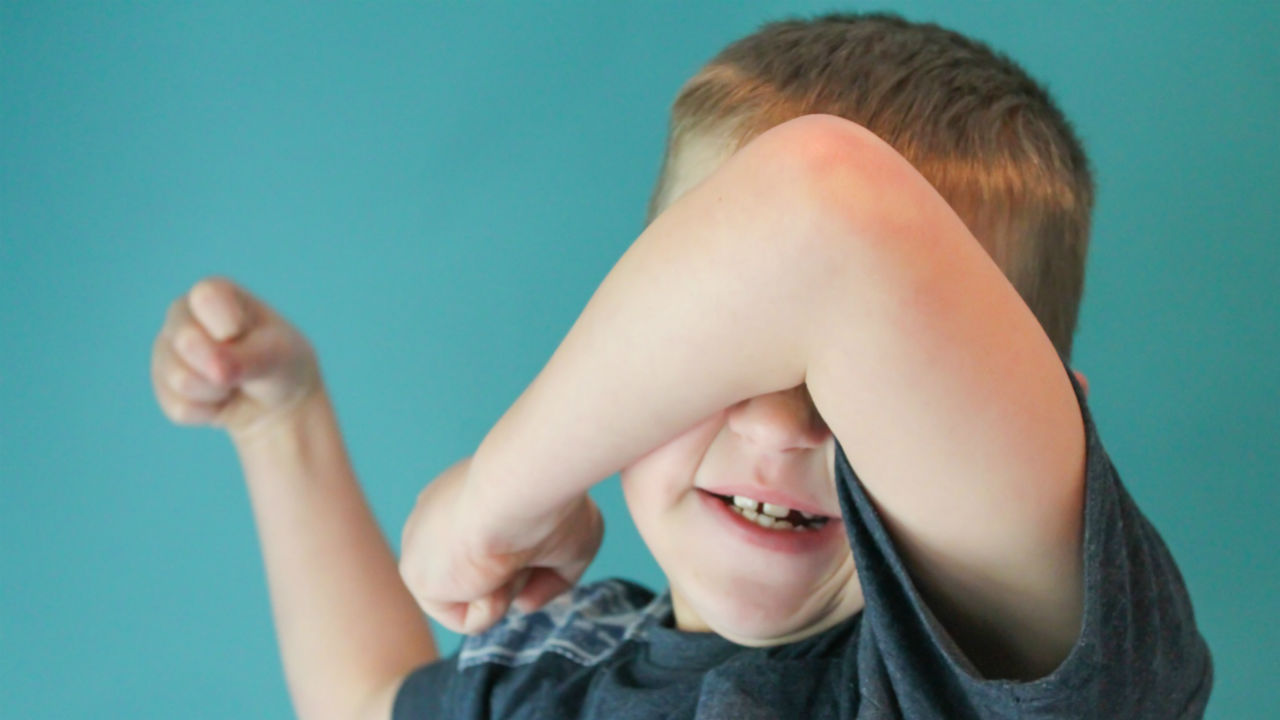 Photo: Getty Images
Photo: Getty Images
In late March, 2011 the United States Food and Drug Administration will continue to examine a possible link between food dyes and hyperactivity in children. At the request of a consumer group, the FDA is reviewing studies on how food dye colors affect children’s behavior.
From Gatorade to PopTarts, pickles to applesauce, colored snacks attract the attention of children. Foods with coloring appear healthy and nutritious to a parent.
The FDA claims the most widely used artificial food colors are red 40, yellow 5 and yellow 6. According to the Washington Post, the use of artificial dyes in foods has increased by half since 1990.
To date, the FDA said there is no proven relationship between food dyes and hyperactivity in most children. However, the FDA said "certain susceptible children," hyperactivity and other behavioral problems may be exacerbated by food dyes and other substances in food.
According to Michael Jacobson, head of the Center for Science in the Public Interest, which is leading opposition to the dyes, "Why accept any impairment of kids' behavior whatsoever? Hyperactivity isn't just running around. It affects their ability to have friends, to study, to have a happy family life. Why impair that?"
Also, Jacobson said the only reason dyes exist in food is to trick consumers. Due to concerns of hyperactivity in children, some manufacturers use less dyes in the same foods sold in Europe.
Concerns about the food dye began in the 1970’s. Dr. Ben Feingold created a diet eliminating everything with artificial dyes, artificial sweeteners and artificial flavors, plus three major preservatives: BHT, TBHA and BHA. Feingold believes food dyes are linked to hyperactive behavior.
A committee of outside advisers will give their recommendations in early April. The committee could ban or insist on a package warning. The committee could also suggest more studies if the current evidence is found to be inadequate.
In Europe, most foods containing six specific food dyes carry a warning label. The label says "color may have an adverse effect on activity and attention in children."
Scientific research suggests some children with attention deficit and hyperactivity disorder (ADHD) may be affected by food coloring. ADHD affects up to 5 percent of U.S. children.
But in a statement, the Grocery Manufacturers Association said "all of the major safety bodies globally have reviewed the available science and have determined that there is no demonstrable link between artificial colors and hyperactivity among children." The Grocery Manufacturers Association represents food producers and packagers.
Also, David Schmidt, president and CEO of International Food Information Council Foundation, a food-industry funded group, said dyes help consumers enjoy their food by maintaining or improving appearance.
Sources:
http://www.msnbc.msn.com/id/42338423/ns/health-diet_and_nutrition/
http://moms.today.com/_news/2011/03/29/6369981-why-some-moms-have-banned-artificial-food-dyes-from-their-kids-diets
http://hosted.ap.org/dynamic/stories/U/US_FOOD_DYES_HYPERACTIVITY?SITE=AP&SECTION=HOME&TEMPLATE=DEFAULT




Add a CommentComments
There are no comments yet. Be the first one and get the conversation started!